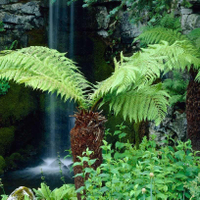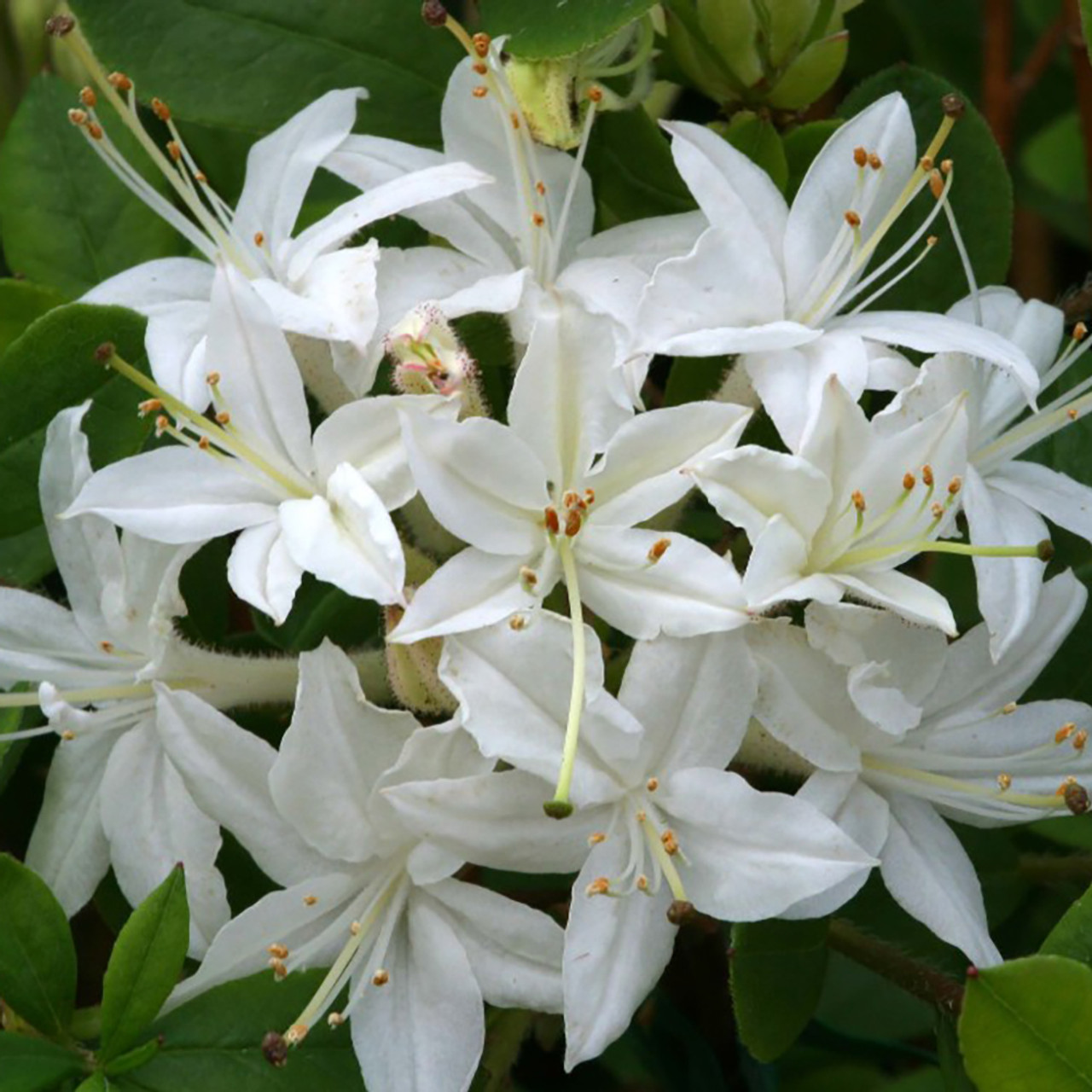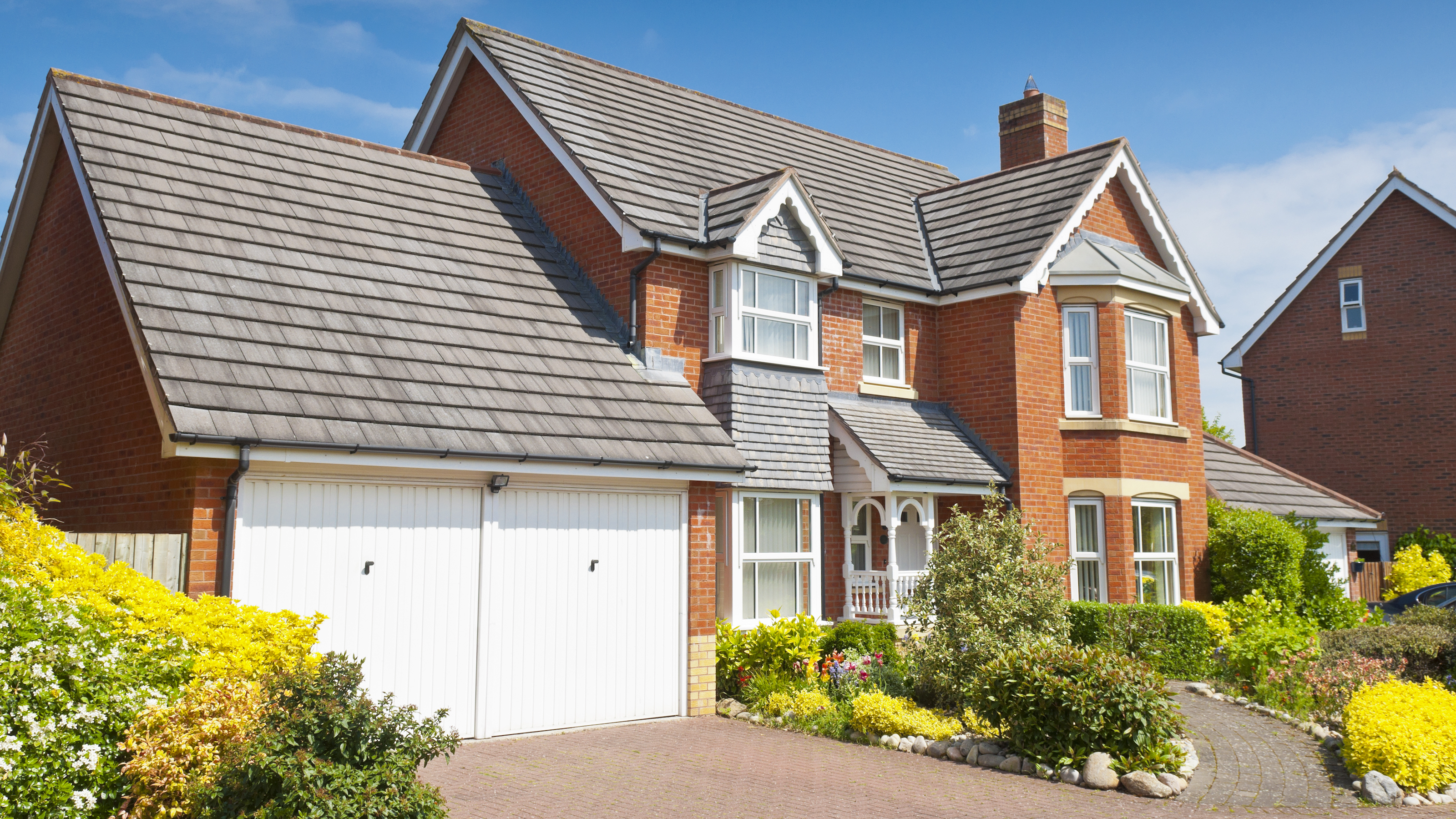From 'big, blousy plants' to 'biophilic design', these are the top garden trends for 2025, according to Chelsea garden designers
Garden designs in 2025 will be dictated by climate, science and medicine, all with an abundance of beautiful plants of course
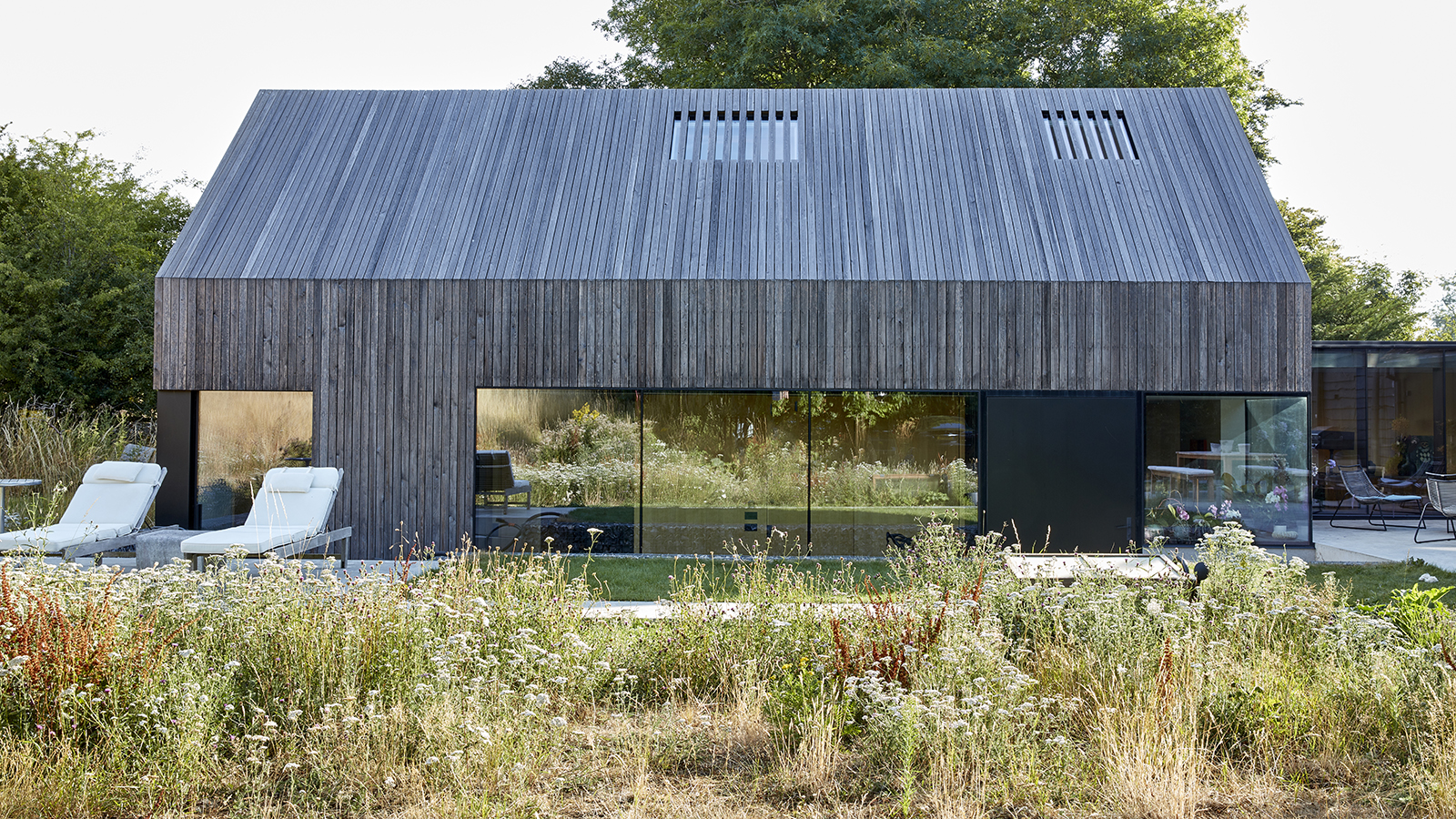
Understanding garden trends goes far beyond aesthetic choices. What landscape experts are doing says so much about our evolving climate as well as our understanding of the science around how nature impacts our health and wellbeing.
Garden and landscape designers are at the very forefront of understanding what British garden design will be in the years to come, how gardens will function for us, what challenges they will face and of course what they'll look like.
Futureproofing is of the upmost importance when designing a new home or extension project, and designing a new garden should be no different. These trends should help guide your thinking when giving your garden a makeover or simply introducing small elements to delight for seasons to come.
Our favourite garden trends for 2025
Speaking to an array of specialists in garden landscaping – including designers showcasing the latest work at the world-renowned RHS Chelsea Flower show this coming spring – I was able to gather the highlights on what garden trends will be taking root this year.
1. Biophilic garden design for health and wellbeing
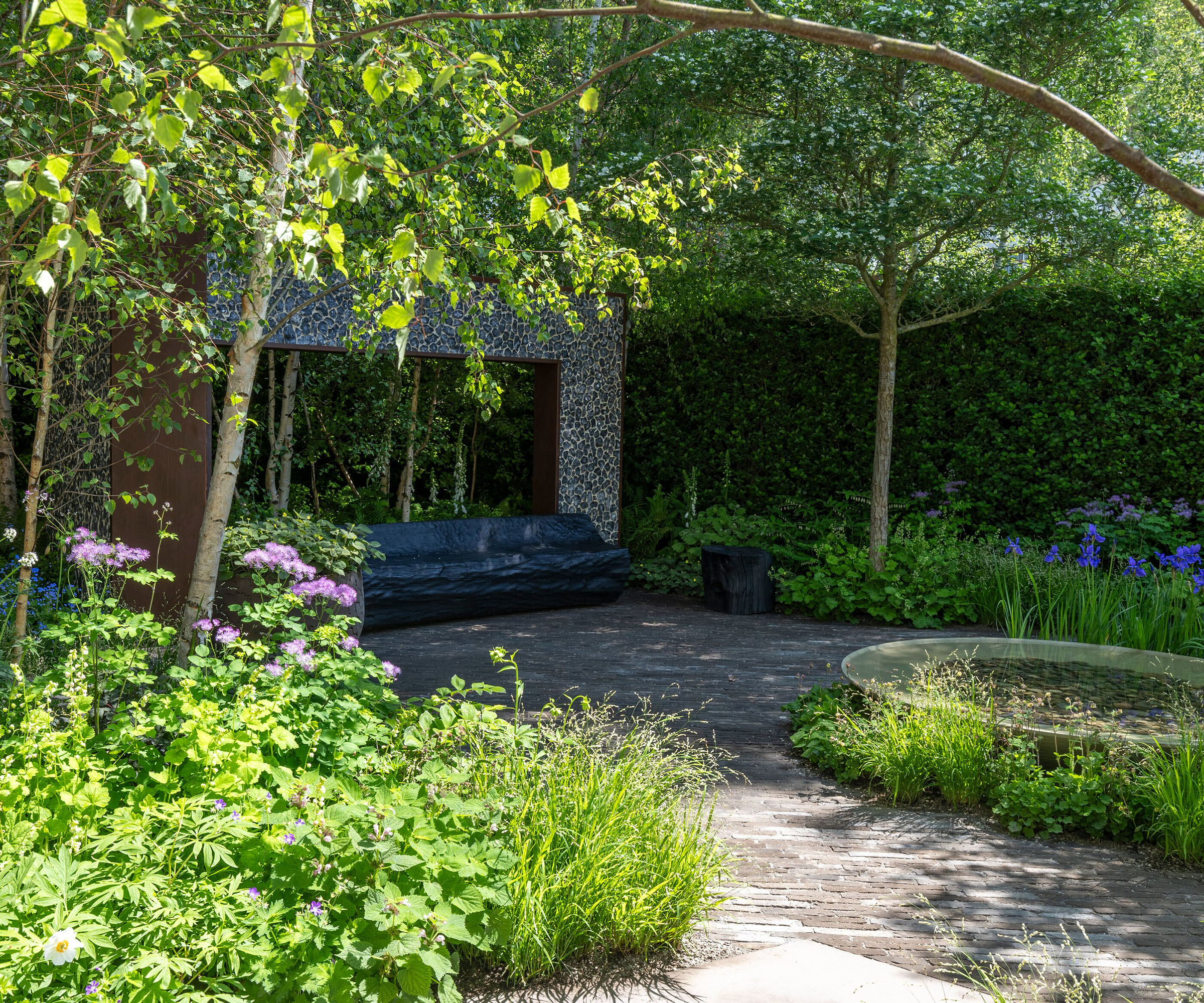
Catherine MacDonald of Landform, designer of the Boodles Raindance Garden at Chelsea Flower Show 2025, shares her top garden trend to watch out for next year: “Increasingly I am drawn to biophilic principles in my designs – incorporating elements of nature into the built environment that can benefit the well-being of people that use the space."
This is showcased in her upcoming Chelsea garden which will feature fractals, repeated patterns found in nature. In particular, using plants such as ferns.
"The repetitive nature of fractals found in fern leaves and fronds can have a positive impact on our cerebral cortex. They are thought to reduce stress, enhance creativity, improve cognitive function and enhance brain connectivity, allowing the brain to relax and recharge,” says Catherine.
Other elements for creating a sensory garden experience in your own garden would be to add a water feature, focus on natural materials as much as possible, such as wood and stone, and ensure you have shaded areas as well as sunny.
A great starting addition to your biophilic garden scene. This statement plant can grow up to 3m tall.

Catherine is the principal landscape designer at Landform, an award-winning landscape company.
2. Tackling climate issues with plant choices
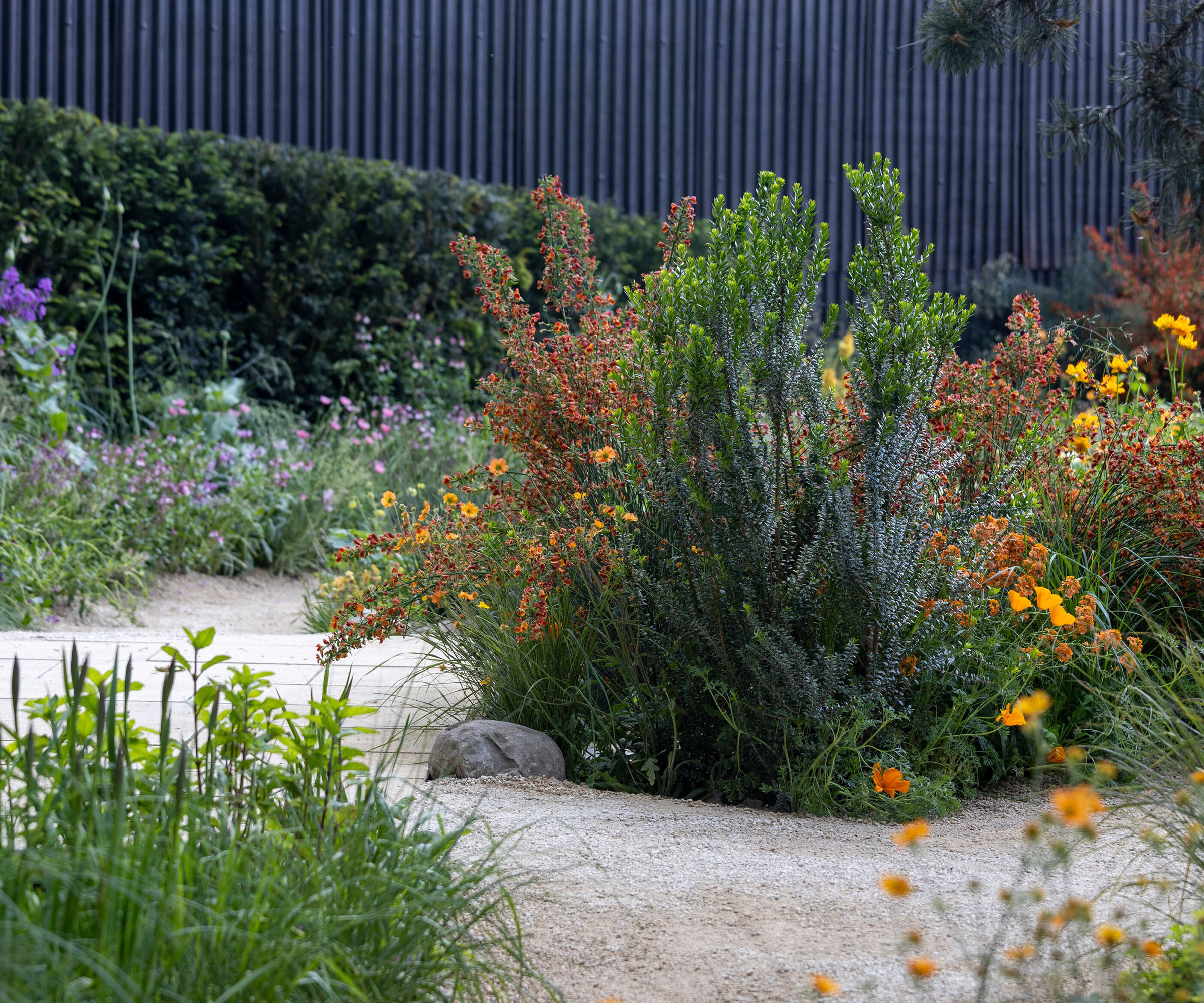
Joe Perkins, designer of The King’s Trust Garden: Seeding Success at Chelsea Flower Show 2025, forecasts that climate change will continue to influence what we grow in our gardens.
“We have seen some pretty extreme weather events over the last year; the UK is getting warmer and wetter, and we are going to have to learn to adapt to this changing climate. We need to look to Southern Europe for our inspiration on what to grow in our gardens as a lot of these plants for gravel gardens can tolerate the seesaw of dry weather followed by flood," explains Joe.
“A lot of the plants that we see when we go on holiday will become more familiar in the UK. Annuals – plants that grow and set seed in one year – are set to become even more popular."
This is great news for those of us who enjoy a more low-maintenance gardening style as well as those with a small outdoor space. As Joe explains these self-seeding, easy-to-grow plants provide an accessible and rewarding option for new and experienced gardeners alike.
"They come in a kaleidoscope of colours and will come back year after year if you allow them to disperse their seeds,” Joe finishes.

The principal landscape architect at Joe Perkins Design, Joe has 25 years of design experience, 10 years as the manager of a respected landscape construction company and 15 years of involvement in planning and delivering gardens at the Chelsea Flower Show and other RHS shows.
3. Cottage-style gardens with a difference
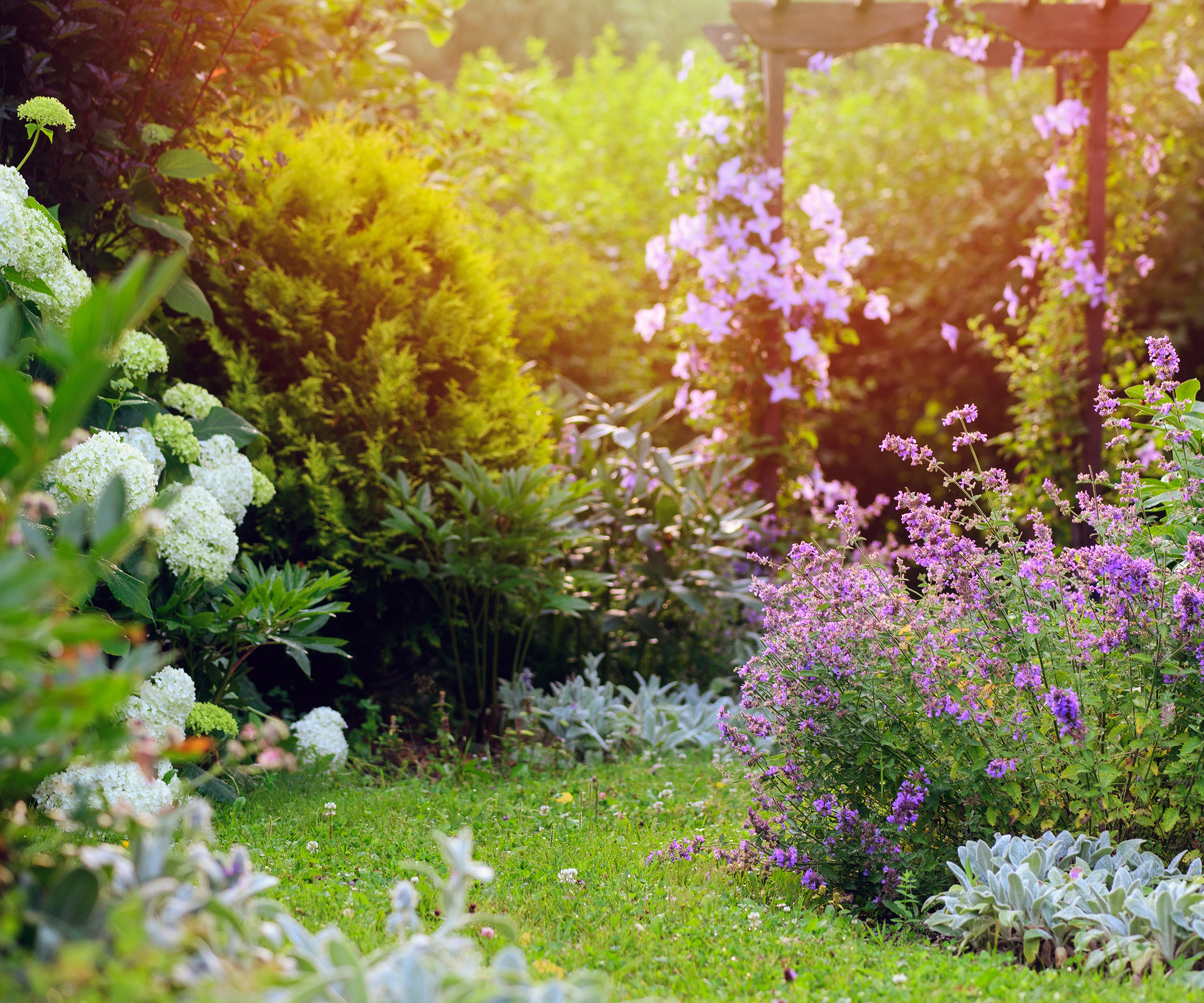
You might have heard that "cottage-core" is still going strong, and whilst this is true, Baz Grainger, designer of the Killik & Co Futureproof Garden at Chelsea Flower Show 2025, tells us that it's perhaps not the English Country Garden of years past.
“I’m predicting a return of the cottage garden style in 2025. We want blousy, we want big blooms and we want lots of them. We’re not talking hollyhocks, roses and other traditional British plants for sun, however, we’re looking further afield for inspiration."
"Plants and shrubs that are happy in a more Mediterranean garden climate will gain popularity. We’re waving a flag for the unfashionable azalea, as well as plants for clay soil like hydrangeas and junipers."
Not everyone will delight at the prospect of the return of azaleas (myself being one) but Baz explains how these choices give structure and year-round interest and as our soils are becoming more acidic they will be better suited than some of our native varieties.
Shop cottage garden plants for 2025
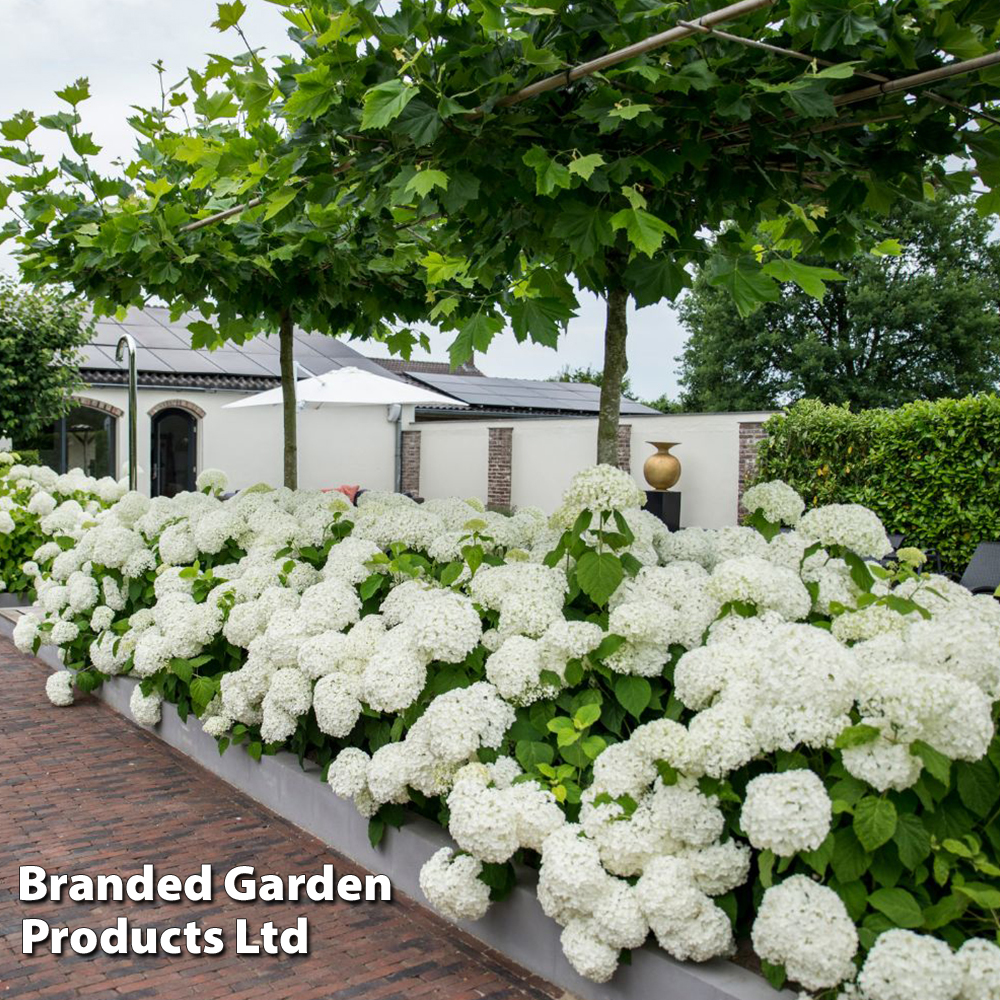
Annabelle is a well-loved favourite for UK hydrangea enthusiasts and this variety has been bred to be extra hard-wearing.

Designer of the Killik & Co Futureproof Garden at Chelsea Flower Show 2025. After working in the fashion industry for many years, a visit to the Chelsea Flower Show inspired him to retrain as a landscape garden designer.
4. Mediterranean influences still going strong
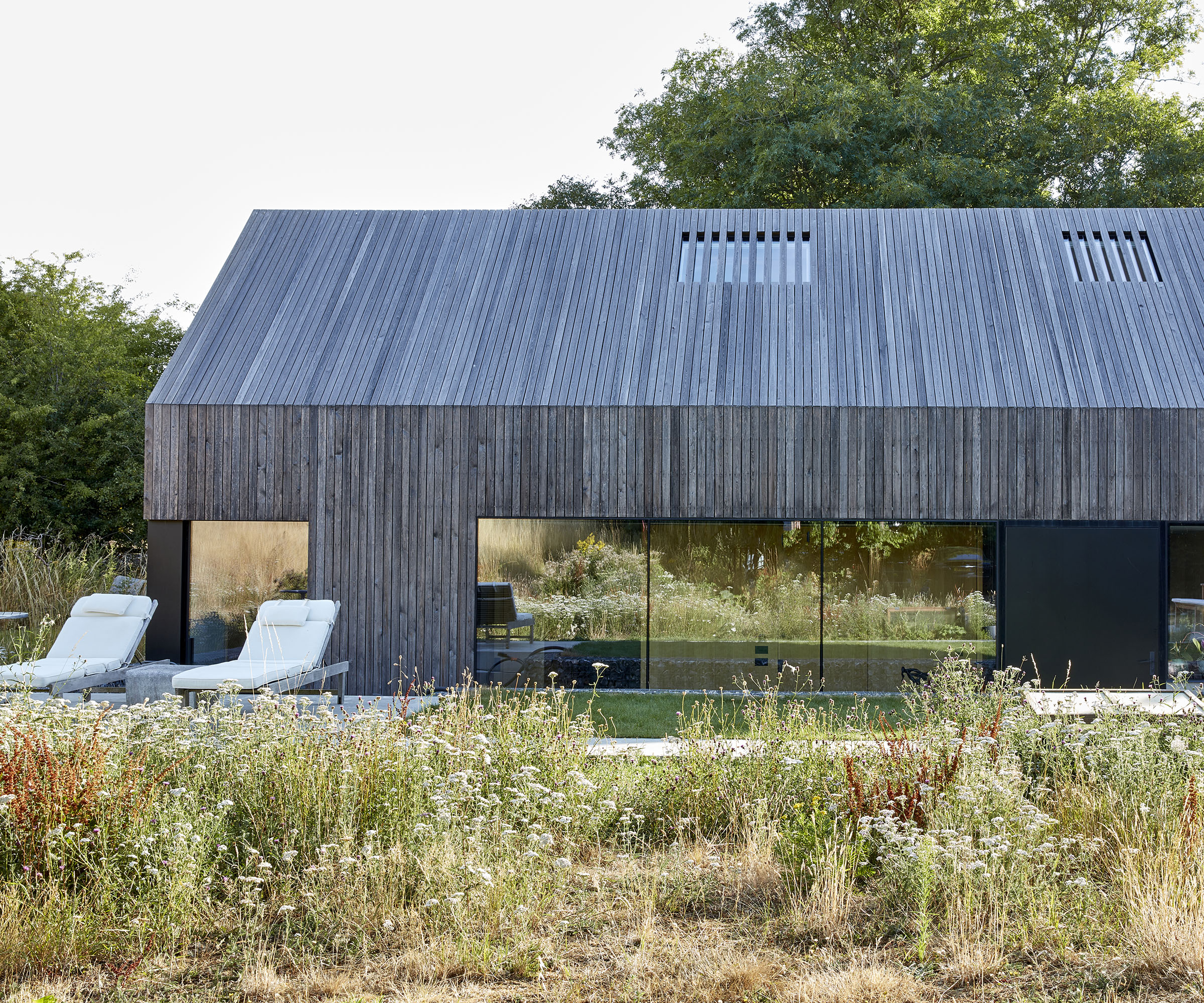
Perhaps to help the emerging continental plants feel more at home in our UK gardens, we'll also be seeing a lean towards Mediterranean aesthetics in our material choices
“When turning your garden into a Mediterranean escape, you will want to opt for natural warm tones in your garden paving, such as the ones found in Indian Sandstone like this Indian Sandstone paving at Marshalls. This paving brings a light and natural feel to the space," says Alice Turner, paving specialist at Marshalls.
Consistently incorporating earthy, natural tones and materials, such as terracotta paints and pots, can also optimise the Mediterranean aesthetic in your garden.
“Having a blend of materials adds charm, depth and life to your garden. Gravel garden ideas are a great permeable option for the British climates we’re used to, and this material is perfect for pathways and path edging ideas," adds Alice.
Don't be tempted to pave over your entire outdoor area, however, as Alice reminds us that green space is great for biodiversity, cooling and helping with high levels of rainfall.

Alice is a product specialist at Marshalls, the UK’s leading hard landscaping supplier.
5. Ethereal planting schemes will dominate
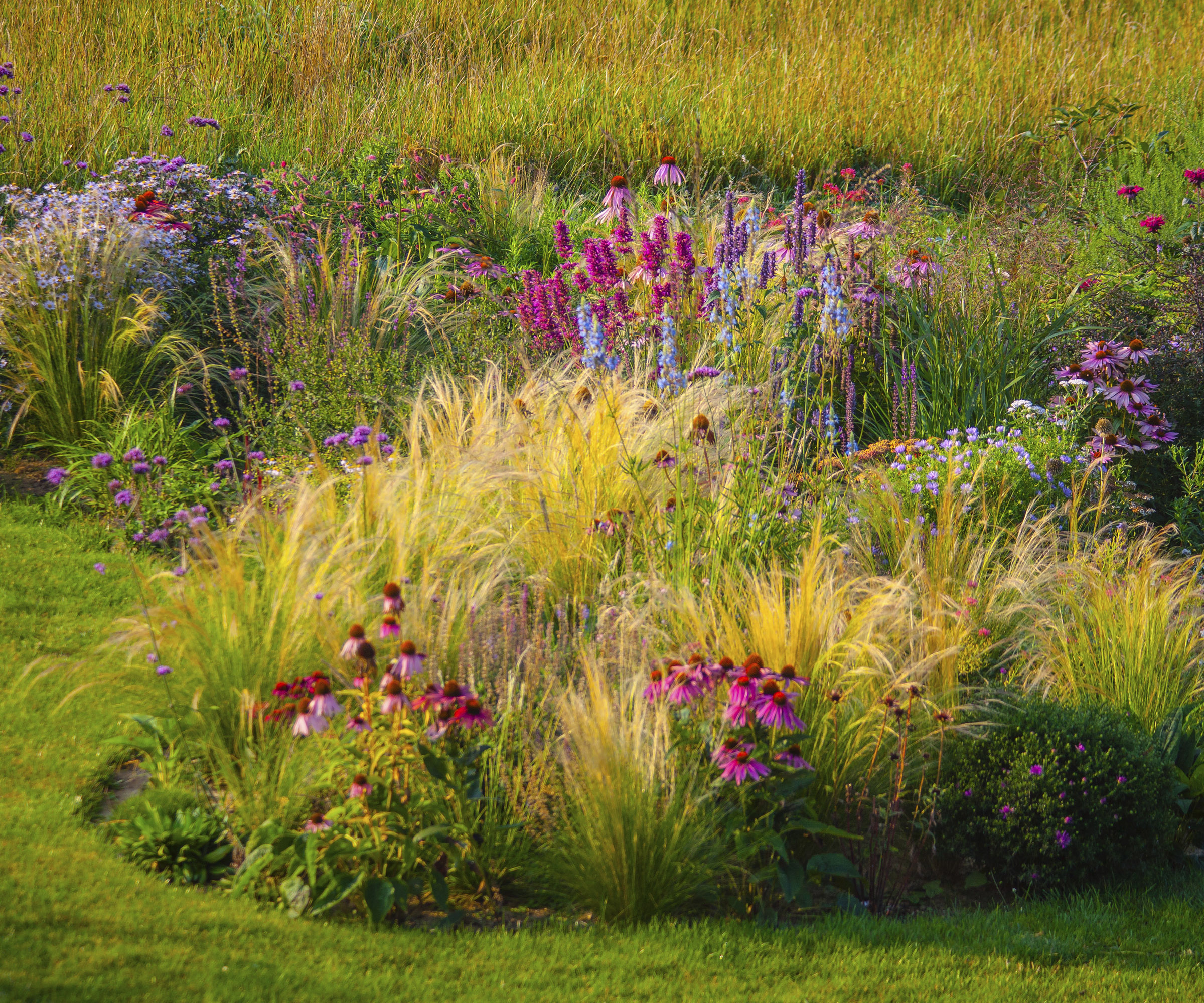
Plantswoman Sarah Raven predicts that soft, romantic colours and ethereal planting will be popular in 2025 for small gardens and larger spaces. "The gentle aesthetic will feel particularly relaxing as we come into spring and approach sunny summer days. The soft, peach, and café-au-lait colours of Verbascum ‘Southern Charm’ (available from Sarah Raven) will be particularly trendy over the warm months," says Sarah.
“I anticipate we will see lots of Stipa tenuissima softening the edges of paths and patios in 2025. This quick-to-flower perennial grass gently self-sows, making it a great choice for beginner gardeners."
“Linaraia x purpurea ‘peachy’ (also from Sarah Raven) is set to be a desirable choice too. It’s a perennial that brings the softest, most romantic peach colour and flowers all summer long.”

Sarah’s love of gardening extends to all areas, from growing cut flowers and delicious vegetables from seed to designing stunning gardens packed full of variety, colour and scent.
6. Creating an immersive experience with the natural world
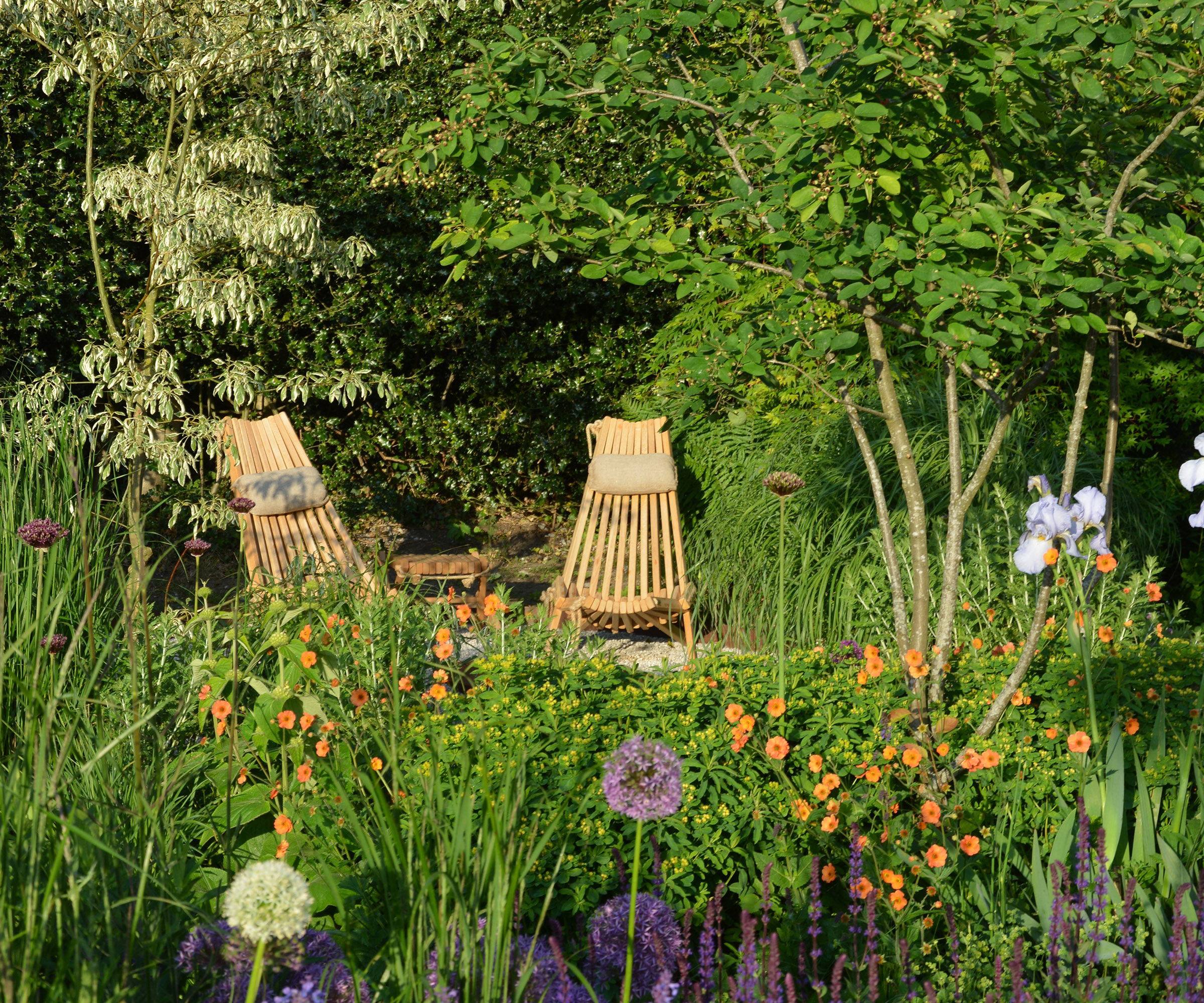
Designer and Fellow of the Society of Garden Designers , James Scott highlights how gardens are set to grow their connection to nature even further in 2025.
"I’ve always found it fulfilling to create spaces that forge a connection between people and their innate love of nature. This year, I’ve witnessed the growing influence of biophilic design – a concept that celebrates our inherent connection to nature – and I believe this will develop further throughout 2025," he says.
James believes that future gardens will draw on the beauty of nature, integrating elements from nature into designed outdoor spaces. "This means a shift towards using more sustainable, vernacular materials and naturalistic soft landscaping that feels immersive. Such eco-friendly garden spaces can be a sanctuary not purely for the garden owner but for local wildlife and pollinators too."

James Scott is the principal designer and managing director of The Garden Company.
7. Natural stone to replace porcelain as most popular material
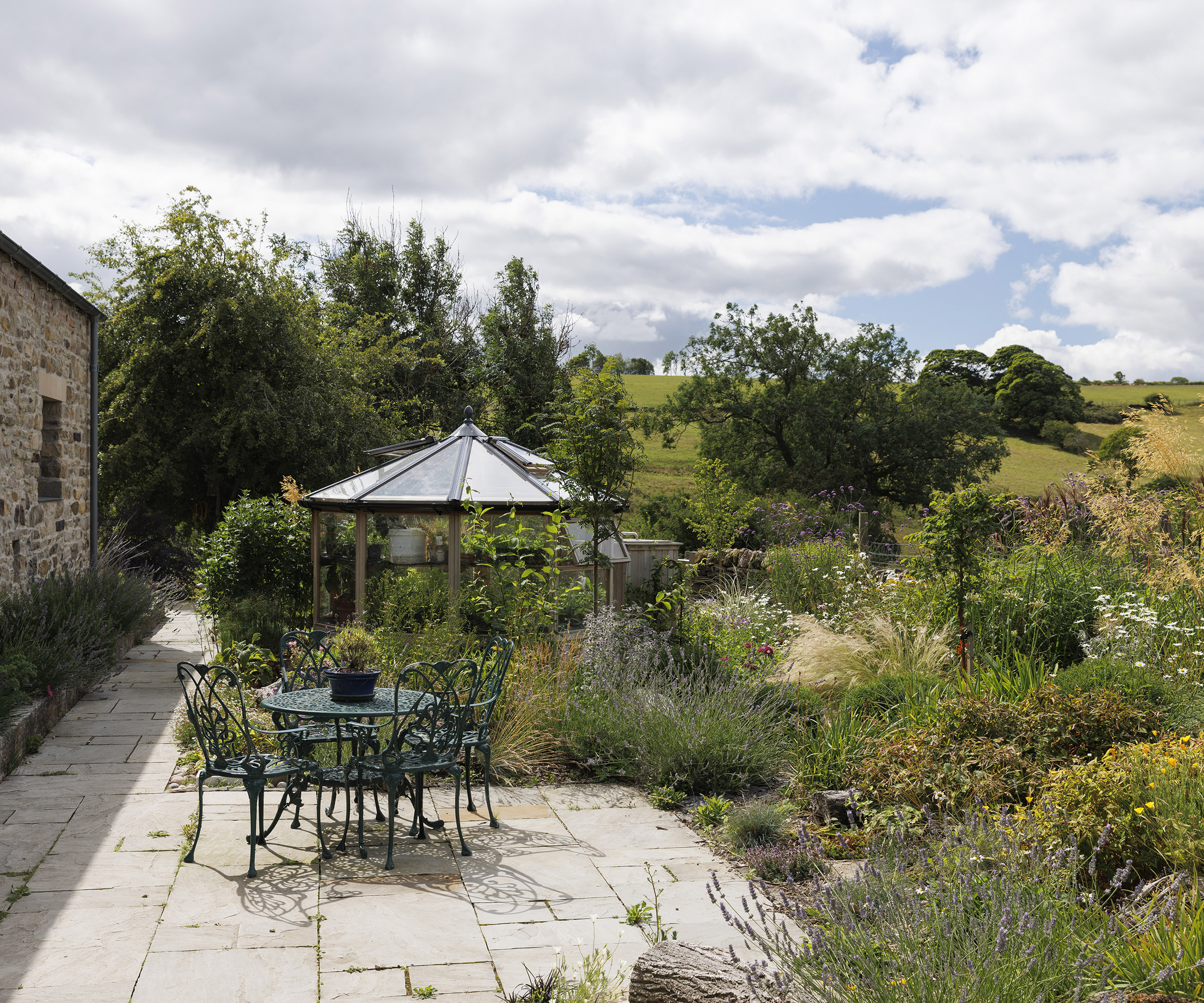
"After porcelain paving being such a dominant material for the past several years – and it’s still incredibly popular – we’re seeing a renaissance of natural stone, offers Steve Walley, London Stone’s Managing Director.
"I’ve also noticed an increasing interest in material pairing and creating contrasts between different hard landscaping elements. Porcelain laid alongside clay pavers, for example, or larger-format paving slabs alongside a small natural stone paver," says Steve.
Whilst UK gardeners will still be enjoying a modern look, more people will be introducing textural elements like setts and pavers. We like Stone Grey Clay Pavers at London Stone for a contemporary yet, rustic feel.
8. Pergolas are a must-have for outdoor living
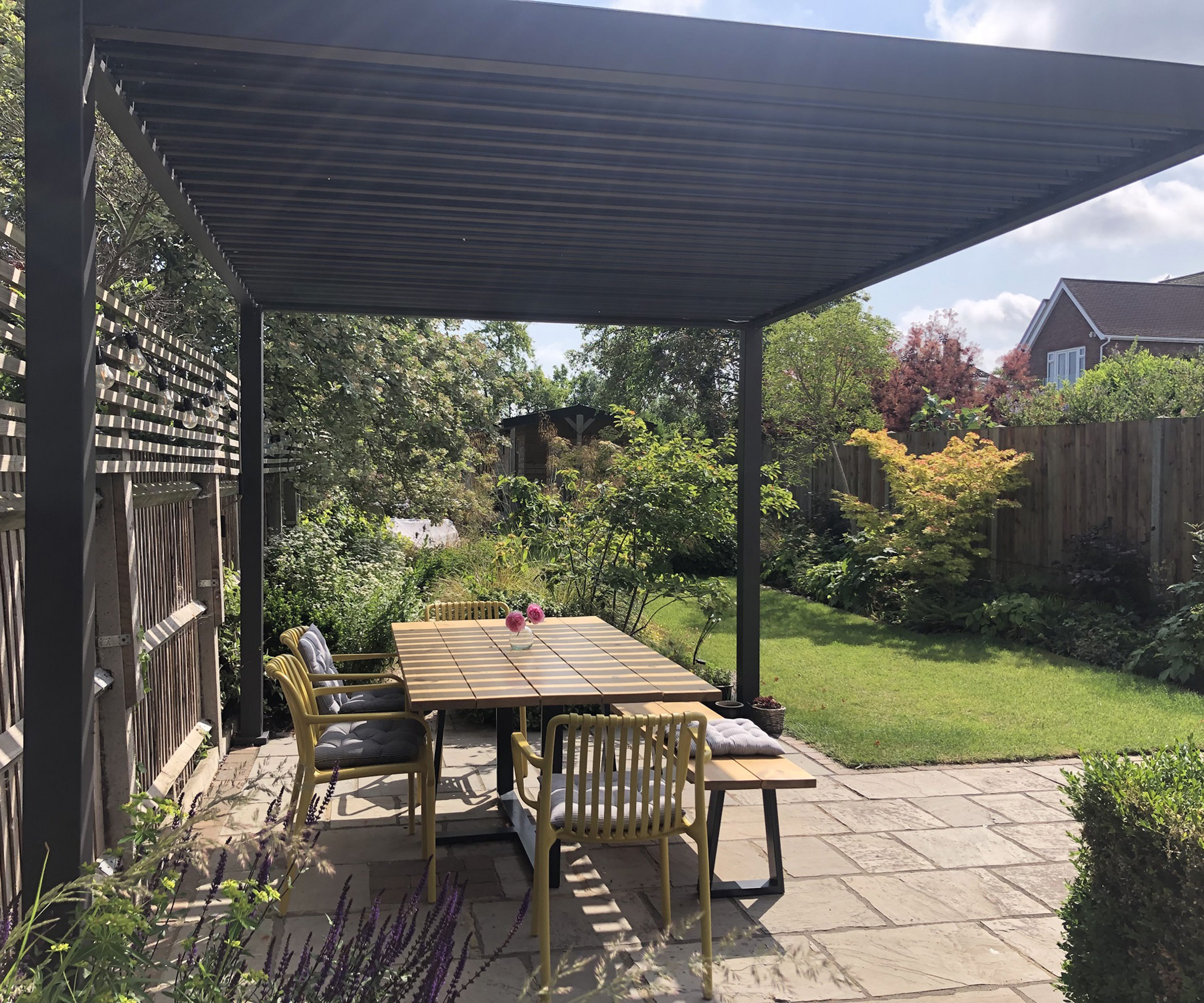
"With the growing desire to connect house and garden, and our recent weather extremes, a pergola really is a must-have element for UK gardens in 2025 and beyond," says Steve Walley.
"Make sure it’s easy to operate and fully adjustable. A louvred roof and adjustable sides mean you can vary the shade and shelter a pergola gives and are well worth the extra cost because you’ll find yourself out enjoying the garden more often," finishes Steve.
Growing climbing plants for pergolas will make your structure feel right at home in your outdoor oasis.
9. Conscientious material choices
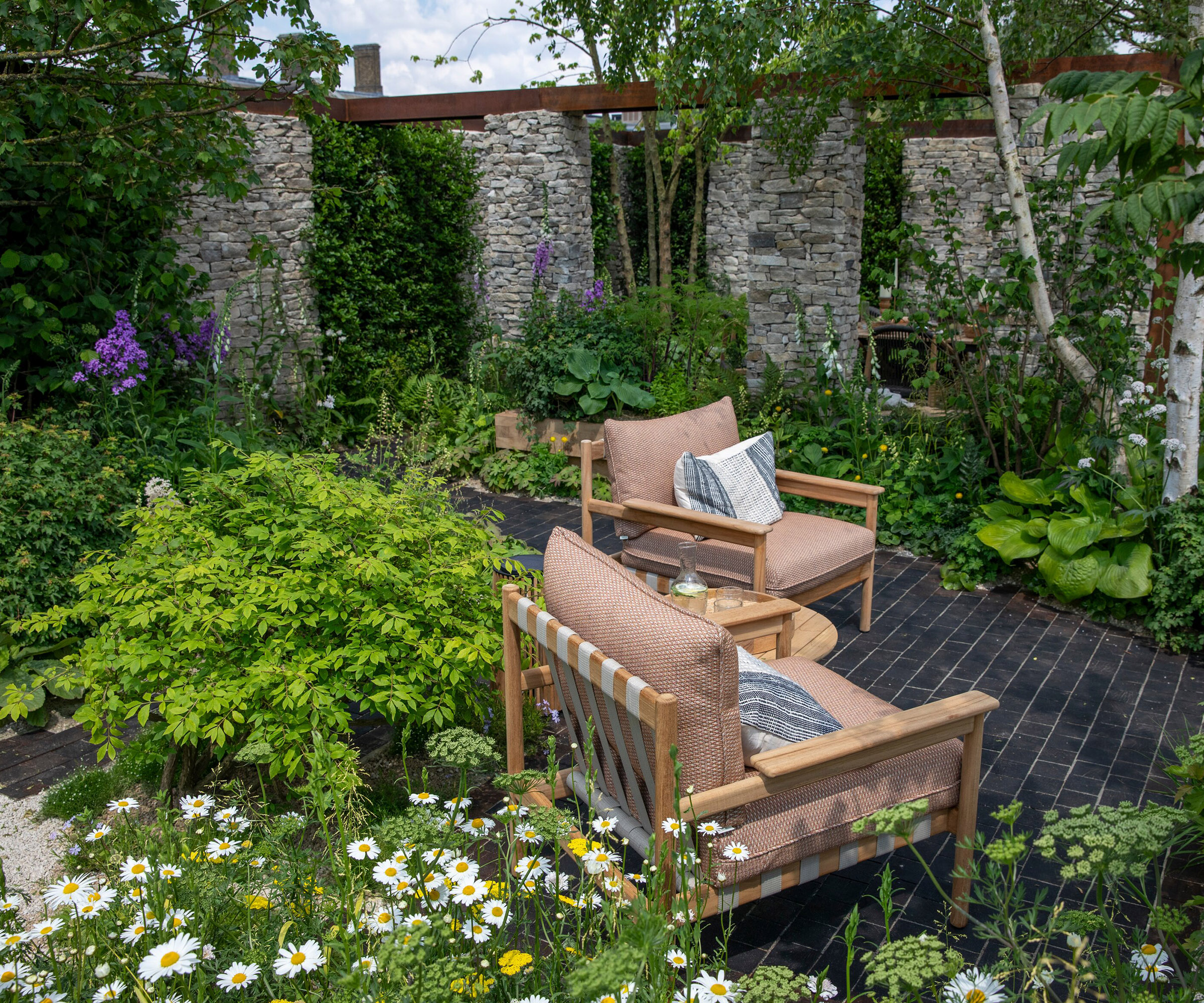
"There is a move away from the mass-produced and 'one size fits all' culture," garden designer Eliza Gray tells us. "We are seeing more demand for craftsmanship, careful planning and attention to detail."
"Paving patterns, step edge finishes, joinery, jointing, fixing and stonework all deserve that extra attention and care to make projects unique and special," she says.
Andrew Duff, Chairman of the Society of Garden Designers also highlights the "shift away from using 'virgin materials' (new, never-used materials) towards recycled or repurposed ones for sustainability."
"Recycled products or repurposed materials do not compromise design – strong design lines remain consistent, whether using new or old materials," says Andrew.

Somerset-based garden designer and director of Eliza Gray Gardens. Since graduating with a distinction in Garden Design in 2006, she has also gained various qualifications in horticulture and organic gardening.
10. Abundant woodland planting
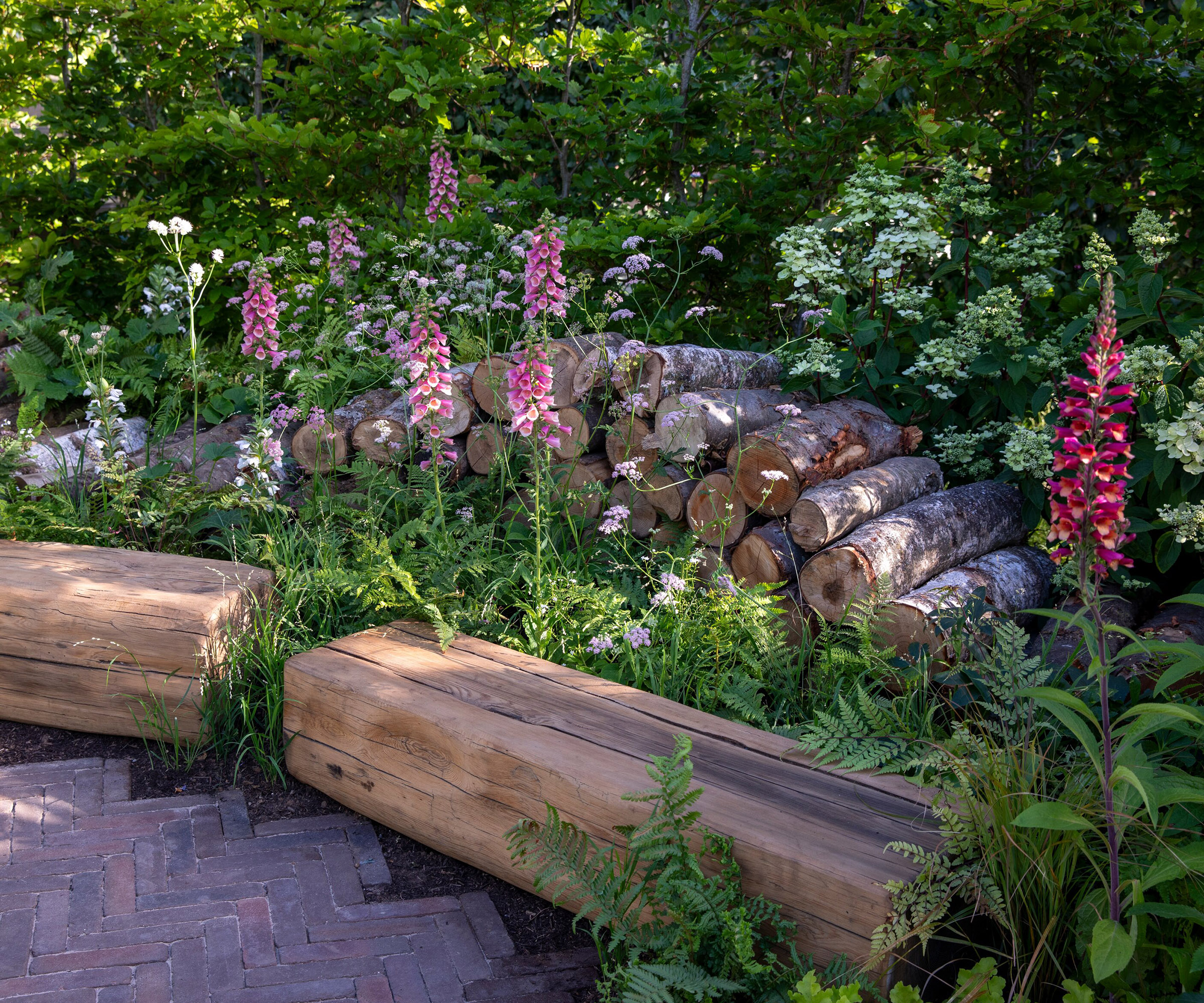
Eliza Gray believes that the enthusiasm for multi-stem trees, textural planting and grasses will continue.
"Low maintenance, subtle interest and environmental sustainability will mean that these gentle planting plans, combined with soft natural landscaping materials will continue to be popular in contemporary settings," She says
The use of multi-stem trees provides interest in the mid-layer while underplanting with bulbs and shade plants can ensure interest in the schemes throughout the year."
If a new garden design is on your list of home improvements for 2025 then organising your budget for this project will be essential. Take a look at our garden landscape cost guide for help.
Get the Homebuilding & Renovating Newsletter
Bring your dream home to life with expert advice, how to guides and design inspiration. Sign up for our newsletter and get two free tickets to a Homebuilding & Renovating Show near you.
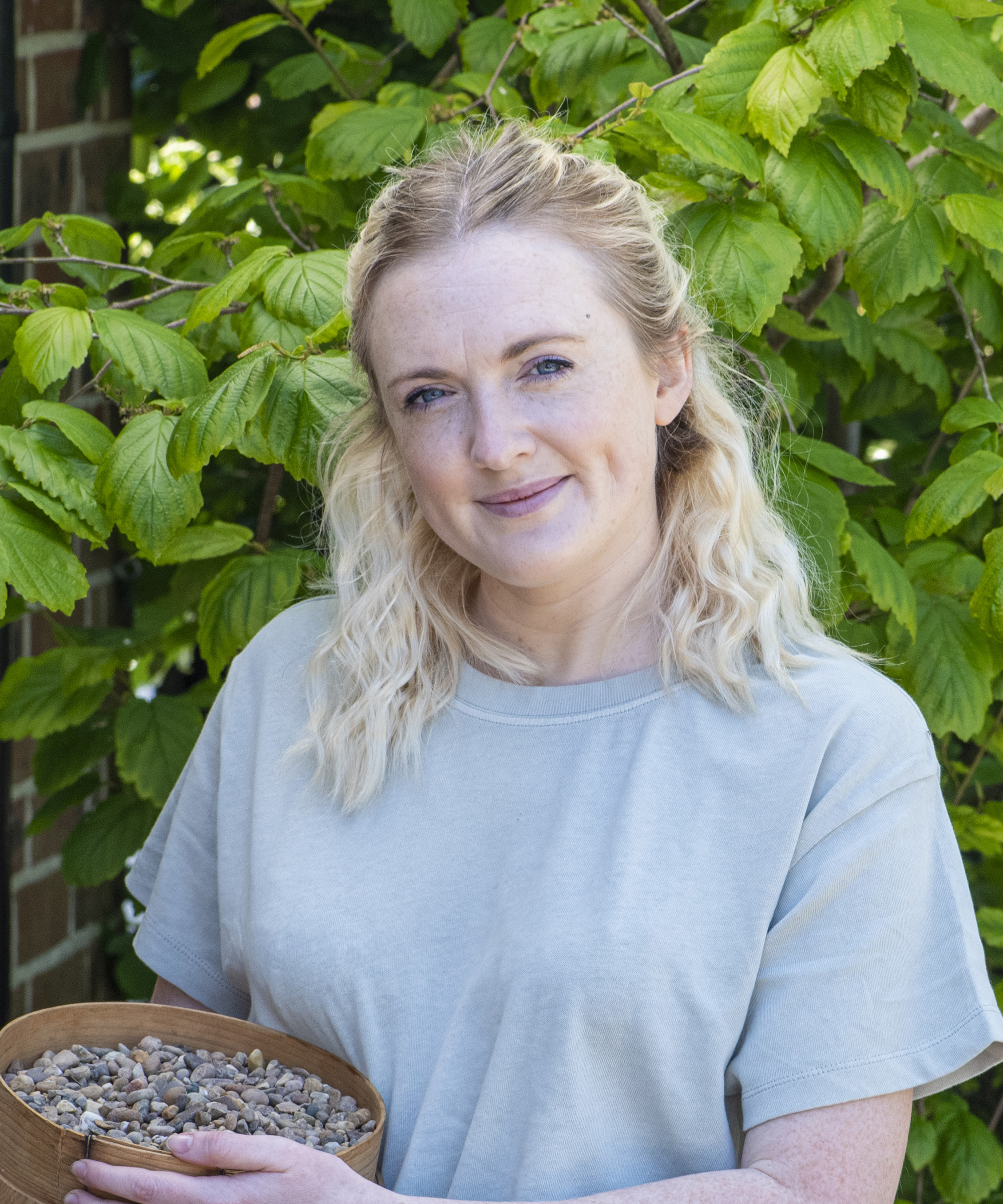
Teresa was part of a team that launched Easy Gardens in 2018 and worked as the Editor on this magazine. She has extensive experience writing and editing content on gardens and landscaping on brands such as Homes & Gardens, Country Homes & Interiors and Living Etc magazine. She has developed close working relationships with top landscape architects and leading industry experts, and has been exposed to an array of rich content and expertise.
In 2020 Teresa bought her first home. She and her partner worked alongside architects and builders to transform the downstairs area of her two bedroom Victorian house in north London into a usable space for her family. Along the way she learned the stresses, woes and joys of home renovation, and is now looking to her next project, landscaping the back garden.
